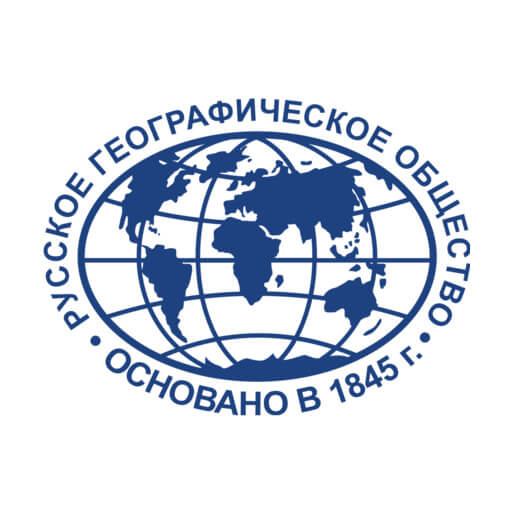
News
Search...
24.08.2025
The Participants of the RGS Expedition Hold a Radio Communication Session on the "Islands of Memory"
Memorial work continues on Sommers and Gogland












